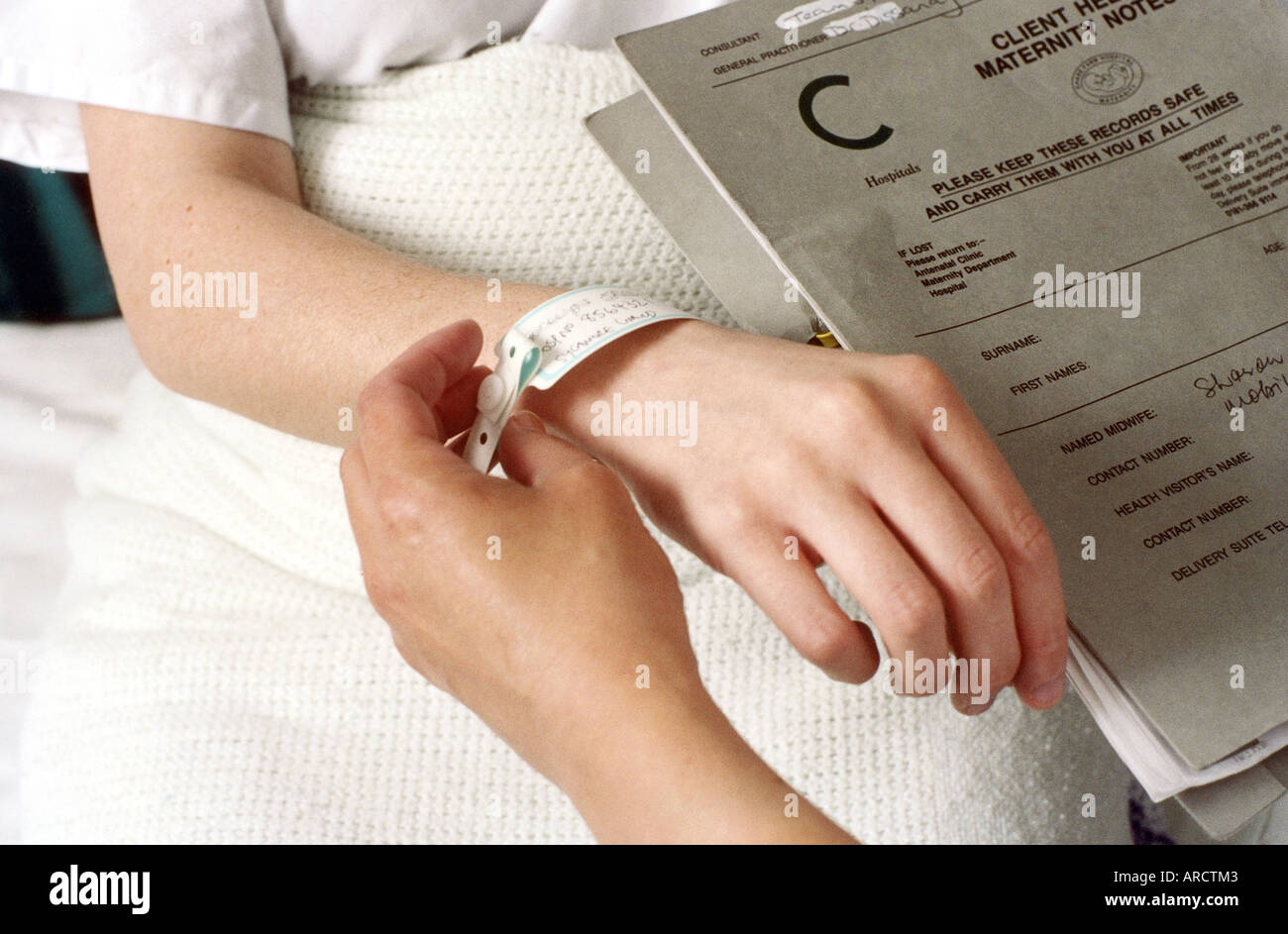Enhancing Security: The Importance of Patient Identification Bands in Health Care
In the world of medical care, the efficiency of patient identification bands can not be overemphasized, as they offer as a basic guard versus misidentification and succeeding mistakes. As we check out the diverse function of these bands, it ends up being obvious that their value prolongs beyond mere identification, raising inquiries concerning finest methods and future developments in client safety.
Overview of Patient Recognition Bands
Person recognition bands play an important function in ensuring the safety and precision of person care in health care settings. These bands, generally worn on the wrist or ankle joint, offer as a vital tool for validating individual identity, therefore lessening the danger of errors in treatment, medicine administration, and other health care procedures. Made from long lasting materials, person identification bands often consist of vital information such as the person's name, date of birth, clinical document number, and barcodes or QR codes for scanning.
The application of individual identification bands is essential in different medical care environments, consisting of healthcare facilities, outpatient facilities, and long-lasting care organizations. They add to a methodical approach in individual management, allowing healthcare professionals to swiftly and properly identify individuals, especially in high-pressure circumstances where speedy decision-making is important.
In addition, the use of these bands is aligned with regulative criteria intended at enhancing client security - Patient Identification Band. By making sure that each person's details is readily accessible and easily verifiable, medical care carriers can keep a high criterion of treatment, lower the occurrence of damaging occasions, and cultivate a society of security within health care organizations
Benefits of Accurate Identification
Accurate recognition is basic to enhancing person safety and security and care high quality in health care settings. It acts as the first line of protection versus errors that could lead to adverse person end results. By making certain that each individual is properly recognized with reputable methods, such as individual identification bands, healthcare providers can significantly decrease the danger of misidentification, which can lead to inappropriate therapies, medication mistakes, and also surgical mix-ups.
In addition, precise person recognition assists in efficient interaction among healthcare groups. When all staff participants can regularly recognize individuals, they can share crucial details much more successfully, causing better sychronisation of care. This is especially crucial in emergency circumstances where timely interventions are crucial.
Furthermore, exact identification sustains compliance with regulative criteria, thus lowering the risk of legal repercussions for health care centers. It fosters count on between clients and doctor, as people feel much more safe and secure knowing that their identities are being secured.

Usual Challenges Dealt With
Guaranteeing reliable client identification in health care setups provides a variety of difficulties that can endanger safety and security and care quality. Individuals may arrive in a state of confusion or distress, making exact identification tough.
An additional challenge is the reliance on human variables in identification procedures. Healthcare experts might inadvertently misunderstand or overlook recognition protocols, specifically in high-stress environments such as emergency divisions. This can bring about mistakes, including the management of inaccurate therapies or medications.
Technological concerns additionally pose difficulties. Electronic health record (EHR) systems are developed to streamline patient identification, system failures or user errors can disrupt the process. The physical layout of person ID bands can lead to readability concerns, specifically in cases where bands are damaged or obscured.
Finally, inconsistent training among staff pertaining to recognition protocols can result in voids in knowledge and method. Addressing these obstacles is critical for enhancing patient security and making sure that identification bands serve their designated purpose properly.
Ideal Practices for Execution
To efficiently implement person recognition bands in healthcare setups, organizations must take on a diverse technique that focuses on technology, training, and standardization integration. Standardization includes establishing clear methods for the style, application, and use recognition bands across all divisions. This guarantees uniformity and reduces the threat of errors connected to variances in band kinds or labeling techniques.


Training is crucial for all medical care personnel to ensure they recognize the significance of accurate person recognition, just how to appropriately apply and review recognition bands, and the procedures to adhere to in situation my latest blog post of discrepancies. Routine review workshops and correspondence course can reinforce this expertise and promote a society of safety.
Modern technology combination plays a crucial function in boosting the efficiency of patient recognition bands. Utilizing barcode scanning or RFID technology can enhance the identification procedure, permitting real-time verification of individual identities. Furthermore, digital health record systems should be set up to include alerts for mismatches between the identification band and person data.
Future Trends in Individual Safety And Security
As healthcare remains to advance, the emphasis on individual safety is most likely to intensify, driven by improvements in modern technology and a greater understanding of systemic dangers. Arising fads indicate a shift in the direction of even more incorporated systems that leverage data analytics, man-made knowledge, and maker understanding to enhance person identification procedures. These technologies can assist determine prospective safety and security concerns prior to they escalate, thereby decreasing errors connected with useful source misidentification.
Additionally, the execution of blockchain modern technology may reinvent exactly how patient data is firmly shared amongst doctor, ensuring that identification bands are current and continually exact. This will not only enhance patient safety and security yet additionally assist in smooth interaction throughout multidisciplinary teams.

Additionally, the growing emphasis on personalized medication is expected to influence individual safety and security protocols. By incorporating hereditary and group details right into identification systems, healthcare professionals can customize therapies more efficiently, reducing the risks of adverse reactions due to misidentification.
Conclusion
In verdict, individual identification bands serve as a vital part in improving safety within healthcare settings. Eventually, the continued focus on robust recognition procedures will contribute to better individual outcomes and total security in healthcare setups.
In the realm of healthcare, the effectiveness of patient recognition bands can not be overstated, as they offer as an essential secure versus misidentification and subsequent errors.Client identification bands play a crucial function in ensuring the safety and security and precision of client care in healthcare setups. Made from long lasting materials, patient recognition bands often include necessary information such as the individual's name, day of birth, clinical document number, and barcodes or QR codes for scanning.
By guaranteeing that each person is correctly determined via trusted ways, such as client recognition bands, medical care companies can considerably minimize the threat of misidentification, which can lead to inappropriate treatments, medicine mistakes, and also surgical mix-ups.
In conclusion, person recognition bands offer as a vital component in improving safety and security within healthcare environments. Patient Identification Band.